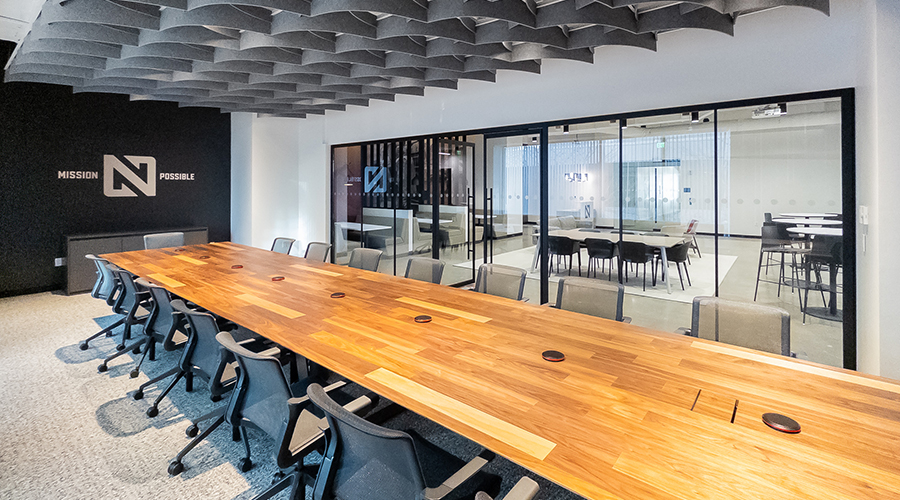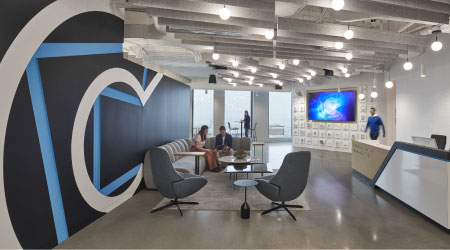Improvement In Metal Building Systems Performance, Appearance Offers Facility Managers More Options
As metal building systems improve in both performance and appearance, they are offering facility managers more options.
The numbers tell the story, at least part of it. In 2011, members of the Metal Building Manufacturers Association (MBMA) reported sales of $1.9 billion, up from $1.6 billion in 2009, MBMA reports.
Behind that solid growth are changes in metal building products themselves, changes that have brought more attractive, better performing (thanks to the ability to accommodate more insulation), and longer-lasting (partly the result of improved coatings) products to market.
However, as metal building systems are used in a wider range of applications, the design and planning process becomes even more important, says Arthur Sanders, senior vice president and director of architecture with Hoffmann Architects. For instance, when metal is used to construct an un-insulated industrial warehouse, the impact of minor air infiltration might be nothing more than some energy loss. Similarly, the air exchange may be able to eliminate any minor condensation that occurs.
Things can be different with more sophisticated building projects. “If you bring metal to other spaces and design uses, condensation has a consequence,” Sanders notes.
“Control of air and water infiltration is critical any time a moisture sensitive material (like sheet rock or some types of insulation) is placed in an exterior wall assembly,” says Bradley Carmichael, project engineer with Hoffmann Architects. Improper detailing can lead to issues with air, vapor, thermal and/or moisture.
In some facilities, the presence of water may lead to corrosion. “Water is a natural solvent,” says Jonathan Hill, a senior staffer with Simpson Gumpertz & Heger. All cavities in metal buildings need to be ventilated so that any moisture can dry out.
One of the most compelling benefits metal building systems can offer is an efficient construction process. Installing long runs of fabricated metal building panels can make it possible to cover a large area of wall relatively quickly. “There’s an economy to that that’s desirable; it allows for a fast-paced enclosure of a building,” says Carmichael.
Achieving this efficiency, however, requires thorough planning. Any delay to iron out problems that could have been addressed in the planning stage diminishes this potential benefit of using metal in the first place. “Once the panels start arriving on site, you want that train to be on the tracks and heading out of the station,” Carmichael says.
The upshot? As the use of metal systems expands to more controlled environments and more sophisticated projects, performance demands also climb. “Planning and detail-oriented coordination is a critical component for successful implementation of a metal building exterior,” Carmichael says. “The finer details are more critical.”
Related Topics:













